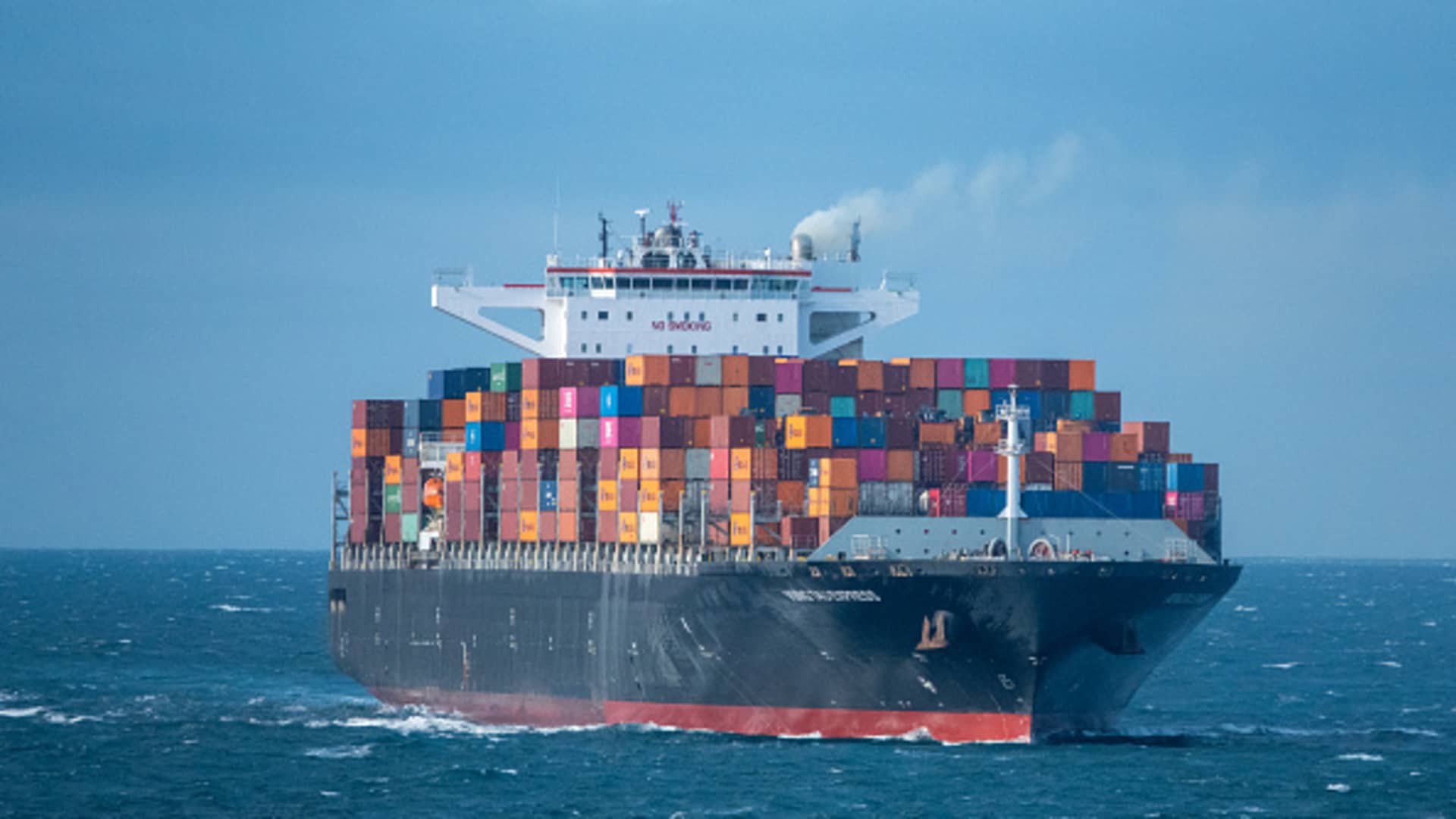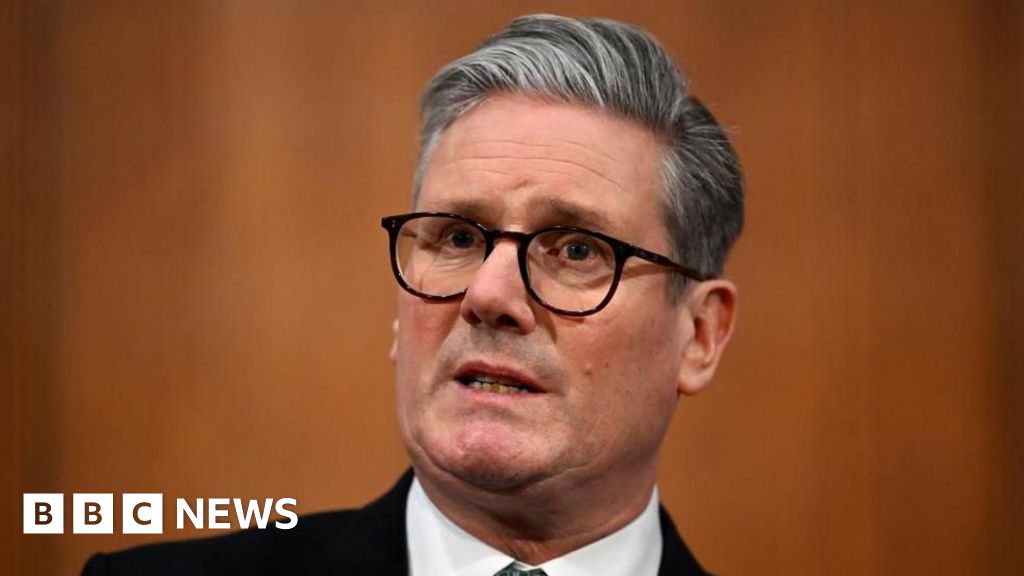
Title: How Asian Economies Are Preparing for Potential U.S. Tariff Changes Under Trump
PORTSMOUTH, UNITED KINGDOM – 28 October 2024: The container ship Vung Tau Express, loaded with shipping containers, sails close to the English coast near Portsmouth, England.
As the possibility of Donald Trump’s reciprocal tariffs approaches, multiple Asian nations that currently benefit from substantial trade surpluses with the United States are actively seeking advantageous agreements with the U.S. president to avoid facing heightened duties.
Trump announced that he is poised to unveil reciprocal tariffs that would match current tariffs imposed by other countries on American goods, suggesting the announcement could occur as early as Tuesday. While specific countries have not yet been disclosed, Trump indicated this will be a broad initiative aimed at reducing U.S. trade deficits.
According to analysts at Barclays, it is probable that import tariffs by the U.S. will increase for most emerging Asian economies, with the exceptions being Singapore and Hong Kong, where the U.S. maintains trade surpluses.
World Trade Organization (WTO) data reveals that many Asian economies impose higher average tariffs on imports than the U.S. As of 2023, India leads with a 17% simple average tariff rate for countries with Most-Favored-Nation (MFN) status, in stark contrast to the 3.3% tariff rate set by the U.S.
In terms of trade surpluses with the U.S., China recorded the highest at $295.4 billion last year, followed by Vietnam at $123.5 billion, Taiwan at $74 billion, Japan at $68.5 billion, and South Korea at $66 billion. Moody’s Analytics economist Stefan Angrick warned that although these countries have currently avoided tariffs, the situation could change swiftly, leading to imposed tariffs in the future.
Vietnam’s Position at Risk
Vietnam faces heightened vulnerability to Trump’s trade restrictions, largely due to its substantial surplus with the U.S. and significant Chinese investments. The nation’s trade surplus with the U.S. saw an 18% increase last year, setting a new record. Currently, Vietnam applies an average tariff rate of 9.4% on MFN partners, according to WTO data. Imported beverages and tobacco face tariffs of up to 45.5%, while other categories, including fruits, clothing, and transport equipment, see duties ranging from 14% to 34%.
In previous remarks, Trump has criticized Vietnam’s trade practices, labeling it as a major abuser. However, after his reelection, he has largely refrained from commenting on Vietnam. Recently, Hanoi has been striving to reach compromises with Washington by promising to purchase more U.S. products, such as aircraft and liquefied natural gas (LNG).
Vietnam’s Prime Minister, Pham Minh Chinh, has advised his Cabinet to prepare for potential repercussions from a possible global trade war this year. The Southeast Asian nation has benefited from the trade barriers Trump placed on China, which encouraged manufacturers to relocate production to Vietnam.
India’s Preemptive Measures
India, another key player, could be significantly affected by reciprocal tariffs as it imposes higher duties on U.S. imports than the U.S. does on Indian exports. Current U.S. tariffs could rise from 3% to over 15% under these new regulations. In an effort to preemptively address concerns, New Delhi recently reduced tariffs on various goods, including motorcycles and electronic products.
Indian Prime Minister Narendra Modi is reportedly ready to negotiate further tariff reductions across multiple sectors and is considering increased purchases of U.S. energy and defense equipment during his upcoming discussions with Trump.
Japan’s Stable Position
Japan seems to have fostered a constructive relationship with Trump, which may shield it from the anticipated tariff increases, at least for the time being. Japan currently enforces relatively low tariffs of around 3.7% on countries granted MFN status. During a recent visit to Washington, Japan agreed to bolster its import of natural gas from the U.S. and will invest in U.S. Steel, enhancing manufacturing within the U.S.
China’s Approach to Tariffs
In contrast, China has implemented measured retaliatory tariffs on select U.S. imports, with levies that are considered mild compared to those imposed during Trump’s initial term. This approach emphasizes a diversified strategy, utilizing non-tariff measures while keeping avenues for negotiations open.
As these Asian economies navigate the potential impacts of Trump’s tariff policies, maintaining strong trade relationships and adapting to changing regulations will be critical to their ongoing economic stability.









